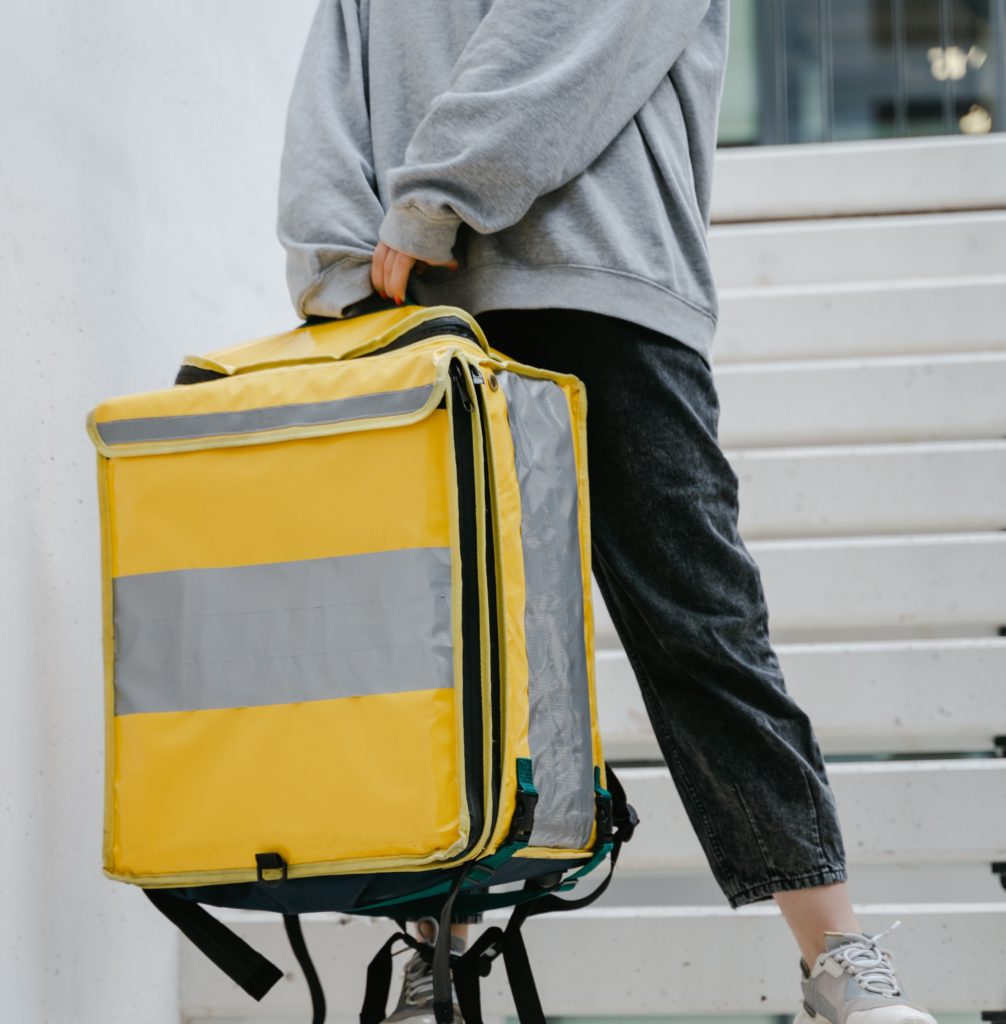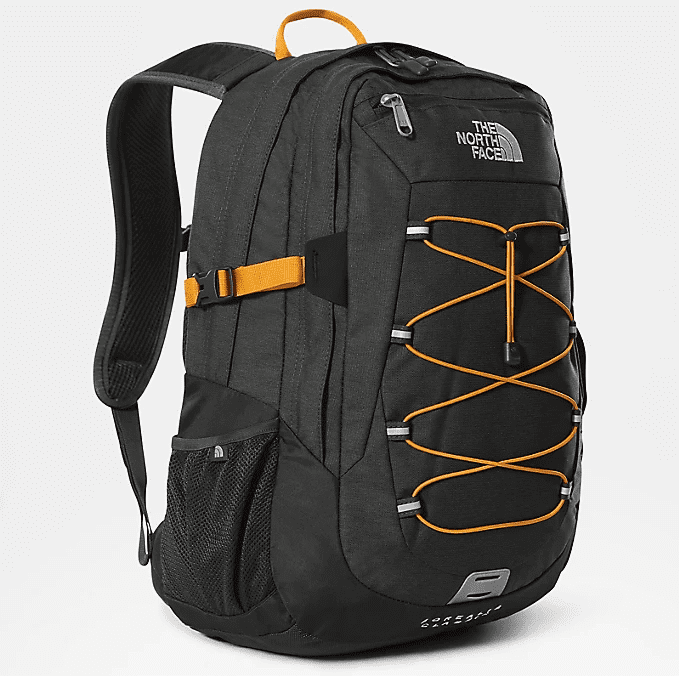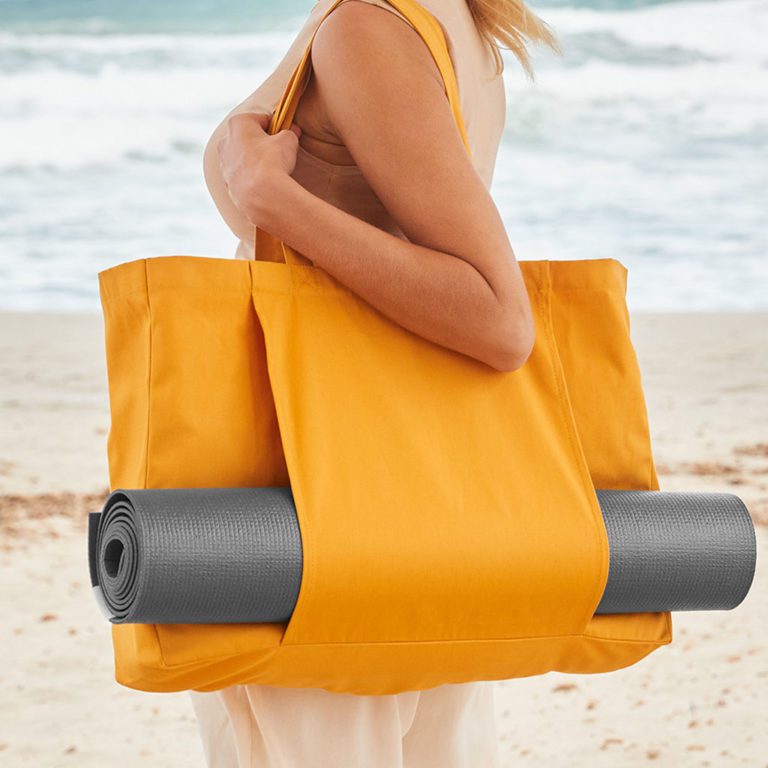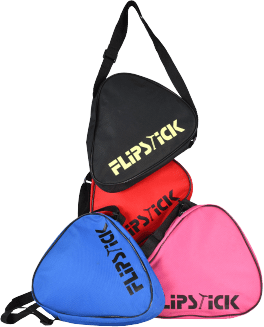Thermal Fabrics
What are thermal fabrics?
Thermal fabrics are materials designed to provide insulation and retain heat in cold weather. They are typically made from synthetic materials like polyester, nylon, and polypropylene, which have good thermal properties and are lightweight and durable. Some thermal fabrics are woven in a way that creates tiny air pockets within the fabric structure, which trap heat and keep the body warm. These fabrics can be used to make a variety of clothing items such as base layers, gloves, hats, and socks, as well as bottle bags, backpacks, sleeping bags, blankets, and tents. Thermal fabrics have come a long way in recent years and now offer a good balance of warmth, breathability, and comfort, making them a popular choice for cold weather gear.
Thermal bags come in all shapes, styles and sizes so you can make sure your choice is practical as well as sitting within your brand guidelines.
What is the best thermal fabric?
Wool is the best thermal fabric due to the natural layer of keratin which wool mostly comprises of. Keratin is a reactive, biocompatible, and biodegradable material. The structural component of skin, nails, claws, hair and horn, feathers, and scales. Wool fibres act as an insulator to trap the air inside the fabric which stabilises the temperature of what is wrapped in the wool. Wool hair fibres trap the warmth or cold inside the bag so acts as a great option to use as a thermal layer for a bag.
What are the different names for thermal fabrics?
Thermal fabrics can be called thermal fabrics, thermal interfacing and thermal batting.
Thermal interfacing is synthetic fibres that can be used as slim linings and reflects back temperatures.
Thermal batting is polyester fibres that are woven in a reflective metal film. It’s noisy and better for bag insulation than clothing insulation.
What is the purpose of a thermal bag?
A thermal bag, also known as an insulated bag, helps cold items stay cold and hot items hold their temperature. Thermal insulation properties help maintain the temperature of the contents. Insulated bags are also known as cooler bags, thermal bags or hot and cold bags.
What materials can be used for a thermal bag?
A variety of materials can be used for thermal bags. Synthetic thermal fabric which is made from aluminium with cotton backing.
Natural thermal fabric such as wood is a great natural insulator. Sheep wool and alpaca wool is suitable.
Recycled thermal fabric is not as effective as wool but is less susceptible to get damp.
Thermal batting which is a reflective metal film woven with polyester fibres.
Thermal interfacing is comprised of synthetic fibres.
What are thermal bags for?
Insulated bags are used by food delivery services such as Deliveroo and Just Eat to keep food deliveries warm on their transit from restaurant to recipient. Other uses include picnic and lunch bags that transport lunches to places of work or out on an adventure. Shopping bags can also include insulating properties to keep food cool from the transport from supermarket to home fridge or freezer.
Other uses include medical bags that transport blood to and from hospitals or medicine that has to be kept at a specific temperature.
Do thermal bags actually work?
Yes, thermal bags work and keep food and drinks warm or cold for a period of time. Thermal bags are also used for medical transportation of medicine and blood.
How long do thermal bags last?
They can keep food and drink warm or cool for around 2-3 hours, depending on the thermal fabric used and how hot or cold the food is when placed in the bag. Keeping products cold in a thermal bag can be elongated by keeping ice packs in the bag.
Are thermal bags worth it?
Thermal bags are a great advantage during the winter months to keep food warm and the summer for keeping food cool. Thermal bags are also called insulated bags.
Who uses insulated bags?
There are obviously many uses for thermal bags, particularly when it comes to transporting liquids and goods that need to stay at a specific temperature.
Some examples of the different uses of thermal bags:
- Medicinal transportation thermal bags
- Blood transfusion insulated bags
- Shopping bags with thermal lining
- Picnic bags
- Food courier thermal bags
Do thermal bags keep food warm?
Yes, thermal bags keep food warm which is undoubtedly important when it comes to traveling with food or liquids that need to be kept at a certain temperature.
Are thermal bags re-usable?
Yes, thermal bags are reusable. They can keep products frozen up to 3 hours (actual time varies depending on the number of items inside the bag as well as external temperature and sunlight).
Do you need ice in a thermal bag?
To keep products cold then it would be best to keep perishable food cool with ice packs within a thermal bag, especially during warm weather.
How do you clean thermal bags?
Thermal bags are easy to clean. They can be washed with warm soapy water by wiping the interior and exterior with a soft sponge. Then wiped with a clean cloth to remove the soapy water. They can then be left to dry by leaving them open and upside down so water can drain from them.










